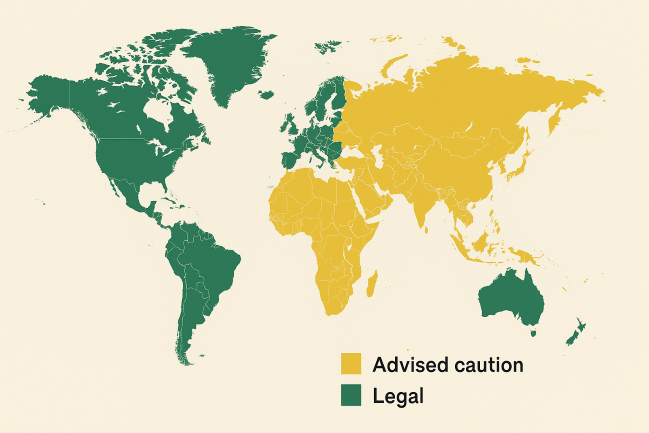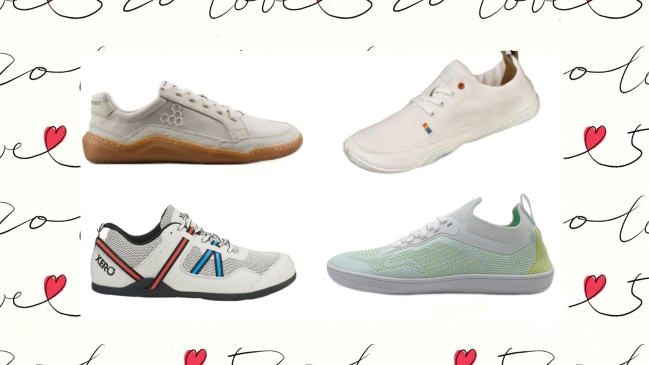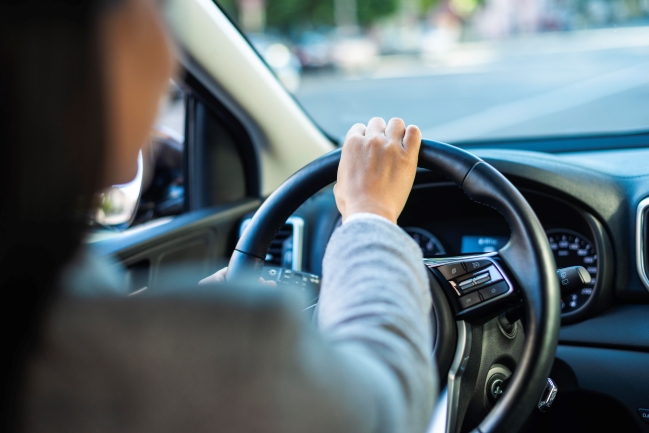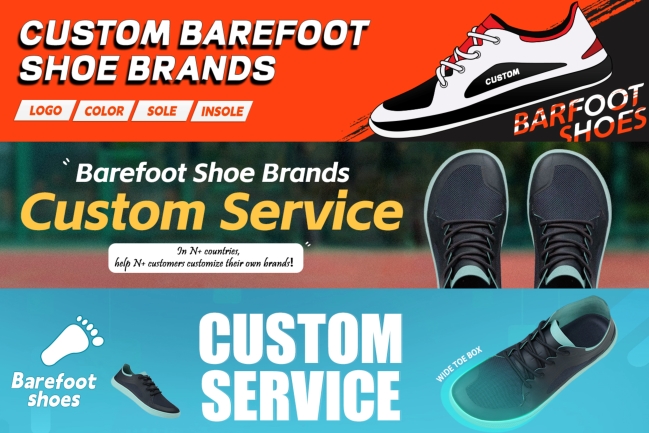Anyone who has driven for hours knows this: the comfort of your shoes can make or break your driving experience.
Traditional sneakers are often thick-soled and narrow in the toe box, which can make your feet go numb when pressing pedals for a long time.
Flip-flops or sandals may feel airy, but they slip easily and lack stability.
That’s why more and more drivers are asking:
👉 “Are barefoot shoes safe and comfortable for driving?”
👉 “Would minimalist shoes make long summer road trips easier?”
This article takes a closer look at the connection between barefoot shoes and driving, shares real-world summer road test results, and recommends the best options for travelers.
Why Barefoot Shoes Fit Driving Naturally
Before jumping into the tests, let’s break down how barefoot shoes relate to pedal control and comfort.
Pedal Sensitivity
Barefoot shoes typically feature ultra-thin soles (3–6mm), with no cushioned midsole.
👉 This allows drivers to feel the pedal feedback more directly, improving precision and control.
Natural Toe Spread
The wide toe box design prevents compression, keeping toes relaxed even on long drives.
👉 Less numbness, less fatigue.
Safety & Stability
Unlike flip-flops, barefoot shoes fit snugly and won’t slip off.
Thin, flexible soles provide excellent grip on pedals.
Breathability in Summer
Most barefoot shoes use mesh knit, soft leather, or linen uppers.
👉 Compared with sneakers, they keep feet cooler in a hot car cabin.
Laws & Safety: Global Perspective
Many people wonder if driving barefoot or in barefoot shoes is legal. The answer depends on the country, but in most places it is legal as long as you can control the vehicle safely.
North America (US & Canada): Most states/provinces do not ban barefoot driving. Responsibility falls on the driver if footwear causes an accident.
Europe (UK, Germany, France, etc.): Legal, but insurers may hold drivers accountable if footwear contributes to an accident.
Asia (China, Japan, South Korea): No national ban, though some local police discourage barefoot or flimsy footwear for safety reasons.
Australia & New Zealand: Driving barefoot or in minimalist shoes is legal and even common in summer. Authorities only stress pedal control and traction.
Middle East & Latin America: Generally no prohibition, but safety and grip remain the key requirements.
- 👉 Summary: Globally, the vast majority of countries do not prohibit driving in barefoot shoes. The key point is that “shoes must not affect safe operation.” Barefoot shoes are more stable than going barefoot and safer than sandals, so they are a reasonable choice.

Summer Road Test: Barefoot Shoes vs. Sneakers vs. Sandals
To get real-world data, we conducted a test in mid-July on both city roads and highways.
Test Conditions
Weather: 32°C (90°F) summer day
Route: 1 hour city traffic + 3 hours highway
Footwear tested:
Traditional running shoes (A certain brand’s Air series)
Open-toe sandals
Barefoot shoes (zero drop, 3.5mm sole)
Test Results
| Criteria | Sneakers | Sandals | Barefoot Shoes |
| Pedal sensitivity | Medium (thick sole) | Low (slippery) | High (direct feedback) |
| Foot comfort | Average, numb toes | Comfortable short trips, sore toes long trips | Excellent, natural toe spread |
| Breathability | Poor, sweaty | Good but straps irritate | Excellent, airy |
| Safety & stability | Stable | Risk of slipping off | Stable & secure |
| Long-distance fatigue | Noticeable | Strong fatigue | Minimal fatigue |
👉 Conclusion: Barefoot shoes offered the best overall driving experience in summer.
What Makes a Good Driving Barefoot Shoe?
If you’re shopping for minimalist footwear for driving, look for:
Thin sole (3–6mm) – better pedal feel.
Zero drop – flat from heel to toe for natural posture.
Wide toe box – no compression, natural spread.
Breathable upper – mesh, knit, or perforated leather.
Easy slip-on/off – convenient for travel breaks.
Popular Recommendations
Vivobarefoot Gobi II Sneaker Premium – lightweight mesh, breathable for summer.
Xero Shoes Prio – stable, excellent grip, good for long drives.
Wildling Shoes Summer Models – linen-based, ultra-breathable.
Jinchenshoes Barefoot Sneakers – designed for summer driving: light, thin, flexible, and budget-friendly.

FAQ: Barefoot Shoes & Driving
Q1: Which is better—driving barefoot or with barefoot shoes?
👉 Barefoot driving is legal in many places but may cause sweaty slip issues. Barefoot shoes combine grip, comfort, and safety—making them the better option.
Q2: Won’t thin soles make my feet tired on long drives?
👉 Actually, thin soles reduce stiffness by allowing natural foot movement. Most drivers report less fatigue.
Q3: Are barefoot shoes good for winter driving too?
👉 Yes, but choose lined versions with wool or thermal materials to keep feet warm.
Q4: Are barefoot shoes safe on emergency braking?
👉 Absolutely. Their snug fit and direct pedal feedback actually improve braking response compared to thick sneakers or loose sandals.
Conclusion: Barefoot Shoes Make Summer Driving Freer
If you’re tired of sweaty, numb feet during long summer drives, barefoot shoes might be the perfect upgrade.
They let your feet:
Breathe naturally
Feel and control the pedals with precision
Stay relaxed even on long road trips
👉 Yes, barefoot shoes are excellent for driving—especially in summer.
For those who want to experience lightweight, natural driving comfort, welcome to contact us to check out the Jinchenshoes Summer Barefoot Collection.
Every press of the pedal feels freer, safer, and more natural.




